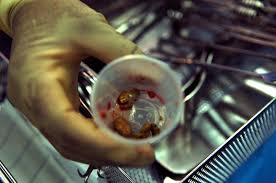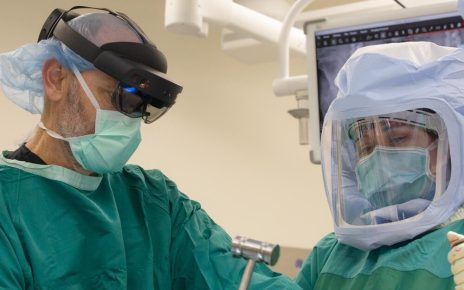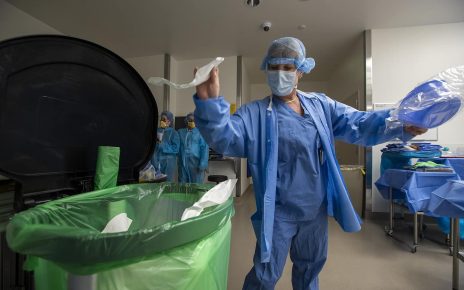Kidney stone surgery is a medical procedure used to treat stones in the kidney or ureter (tube that connects a kidney and bladder). There are many surgical procedures.
Ureteroscopy and lithotripsy are two of the most common surgical options. These treatments are minimally invasive and require no cuts or incisions on the skin.
General Anesthesia
During kidney stone surgery, you will be given general anesthesia. This means you will be asleep for the procedure and you will be hooked up to a tube to help you breathe during the operation.
This is the safest method for this type of surgery as it minimizes your risk for postoperative nausea and vomiting. However, it does have risks of injury to your lungs and chest, so you should tell the anesthesiologist if you have any history of pulmonary problems.
Ureteroscopy is a minimally invasive procedure that uses a thin, flexible scope to look at your bladder and ureter (the tubes that carry urine from your kidneys to your bladder). It can be used to remove stones or see if a hole in the tube needs to be repaired.
Urinary Catheterization
If you have had kidney stone surgery, your doctor or nurse may insert a catheter (also called a Foley catheter) into your bladder. This is done to drain urine and help your body heal.
The length of time you have a catheter depends on your health and the type of surgery. Most people need a catheter for only a short time.
Catheters are made from plastic, rubber, or polytetrafluoroethylene (Teflon). Some types of catheters can be inserted directly into your urethra, and others are attached to a drainage bag that is used to store urine until it can be emptied.
If you have a catheter, it’s important to take care of it well. If it leaks or gets clogged with clots, you may need to get another one.
Ureteroscope
A ureteroscope is a flexible scope that urologists use to look into the bladder and ureter for stones and other problems. It may also be used to take a piece of tissue (a biopsy) for lab tests.
Ureteroscopy is usually used for kidney or ureteral stones, especially those closest to the bladder in the lower part of the ureter. It is a minimally-invasive procedure and is often the best treatment for these stones.
It is a good option for patients who cannot be treated with shock wave lithotripsy (SWL), such as pregnant women, people with blood clotting disorders or obesity. It is also a good choice for small to medium-sized stones that can’t be seen on x-rays.
Ureteral Stent
Ureteral stents are thin tubes that hold open ureters (tubes that carry urine from kidneys to bladders). Healthcare providers use them to treat or prevent ureteral obstructions and keep the ureter from becoming blocked.
Stents are usually placed during kidney stone surgery. They may also be used to break up kidney stones or after surgery to help the ureter drain. They may also be used in people who have tumors that press on the ureters or narrow them.
Recovery
Depending on the procedure used to treat your kidney stone, you may be able to go home the same day or you may need to stay in the hospital for a few days. In either case, you will need to follow your doctor’s instructions for recovery.
Shock wave lithotripsy uses high-energy shock waves to break up stones and make them easier to pass. The treatment can reduce pain, reduce complications and hospital stays, and reduce costs.
Ureteroscopy is a minimally invasive surgery that involves passing a small, lighted tube (ureteroscope) through your urethra and bladder to reach the kidney. A laser is then passed through this ureteroscope to break up and remove kidney stones.
The recovery time for this type of surgery is short, and you can usually return to work or normal activities within 2 days. However, you may experience a burning feeling when urinating for several hours after the procedure. This is normal. Drink lots of water to help your body pass any stone fragments that still remain.




